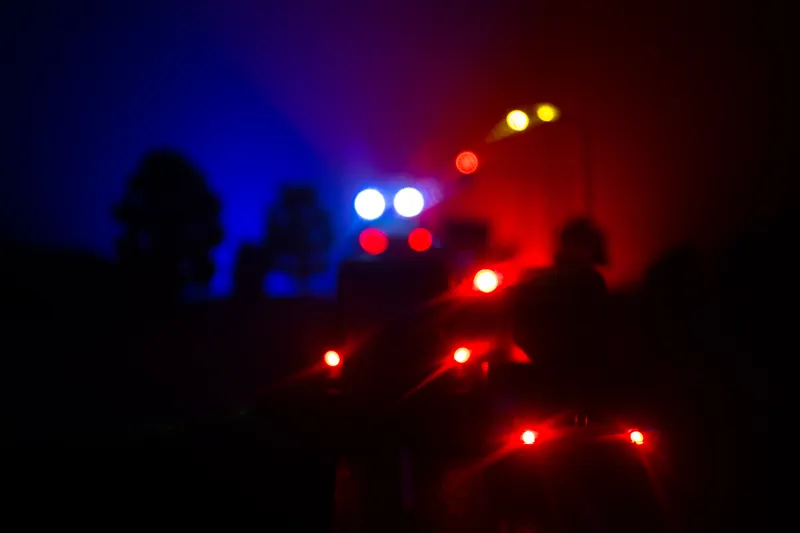An audit carried out by the Portland, Oregon, City Auditor’s office found that crash rates at red light camera intersections in the city were lower than before the cameras were installed and were also lower than at most dangerous intersections without cameras.
The City of Portland uses 11 cameras at 10 intersections to enforce laws against red-light running and to improve safety. The Police Bureau operates the red light camera program and oversees a vendor who owns the cameras and issues citations once the Police Bureau approves them.
The Bureau of Transportation identified the intersections for red light camera enforcement and produces safety data. The State sets the fine amount and the Circuit Court collects and processes red light camera citation payments.
The audit was carried out to determine if the City’s red light camera program has met its goals, is following select best practices and has clearly defined roles for the bureaus and vendor. It also reviewed program costs and cost recovery.
The auditors say that, while the trend is encouraging, the safety data should be interpreted with caution. The audit also found that some best practices are followed or partially followed; that the roles of Police and Transportation, and to a lesser extent the vendor and Court, need additional clarifying; and that the program sometimes covers its costs but not always.
The audit concluded that City’s use of red light cameras would benefit from strategic planning for the next phase of the program, including reviews of costs and best practices; improved clarity of roles; and more attention to ensure that the vendor’s processes are up-to-date and producing optimal results.
Audit finds red light cameras make intersections safer
An audit carried out by the Portland, Oregon, City Auditor’s office found that crash rates at red light camera intersections in the city were lower than before the cameras were installed and were also lower than at most dangerous intersections without cameras. The City of Portland uses 11 cameras at 10 intersections to enforce laws against red-light running and to improve safety. The Police Bureau operates the red light camera program and oversees a vendor who owns the cameras and issues citations once the
July 24, 2015
Read time: 2 mins








